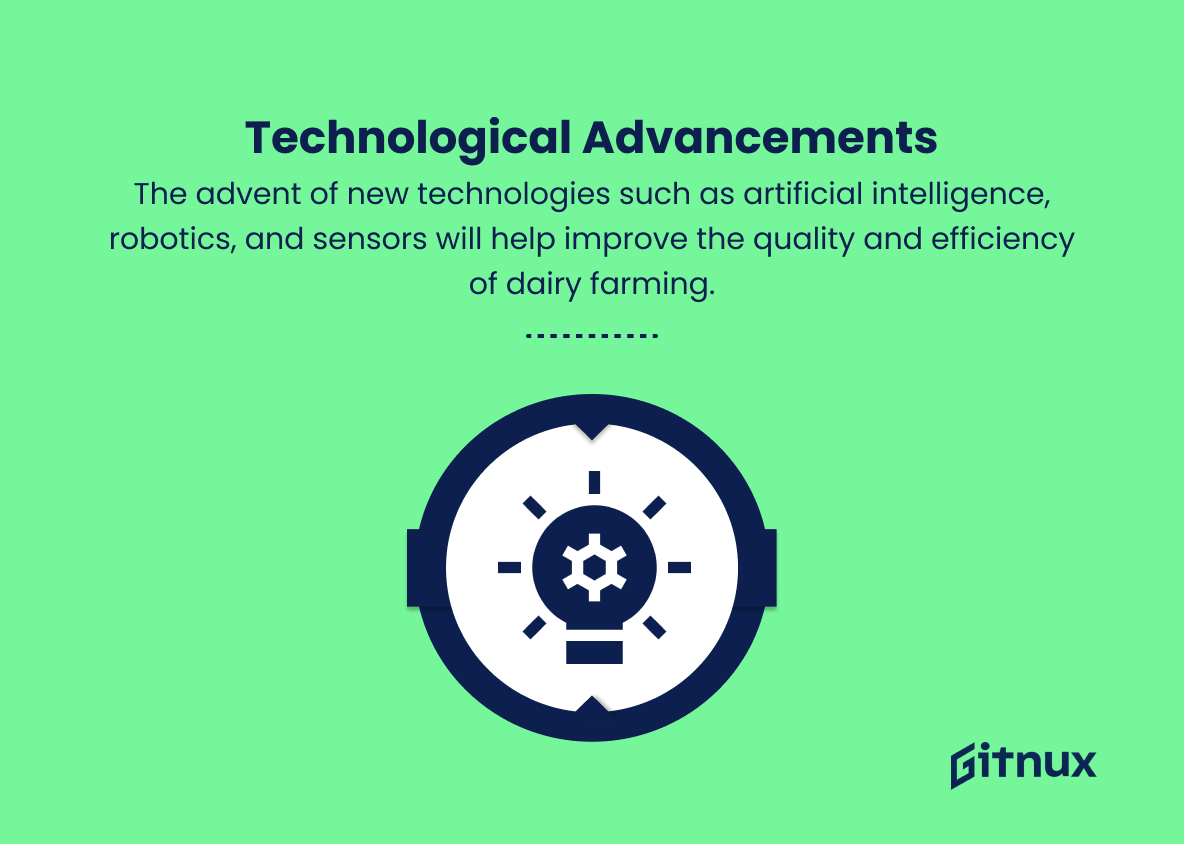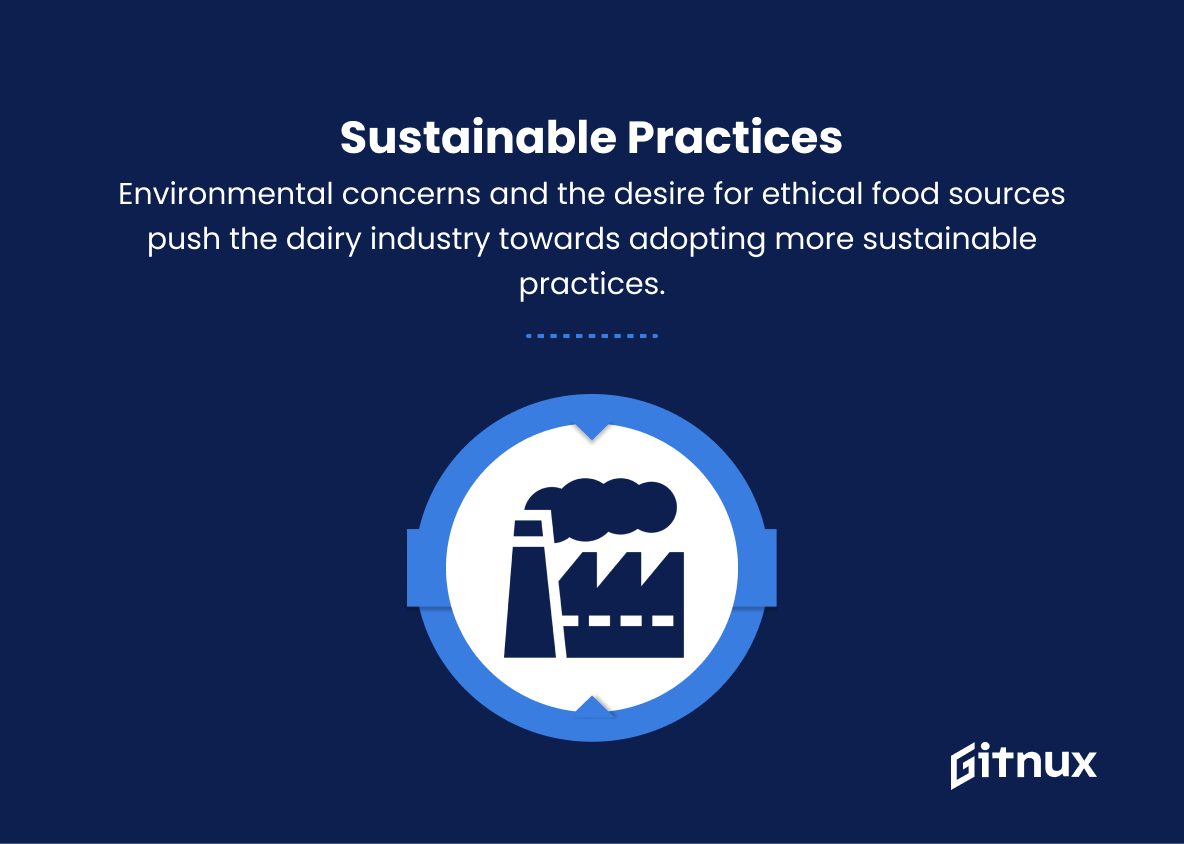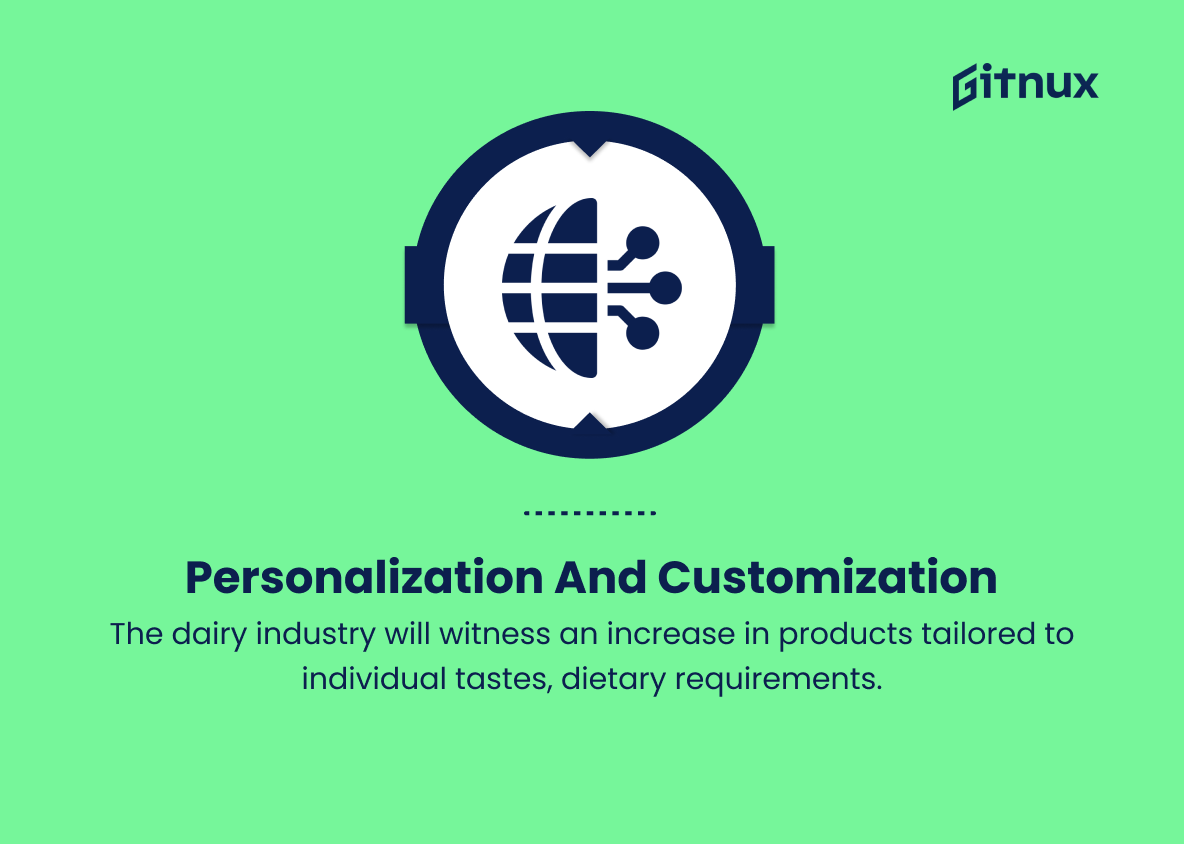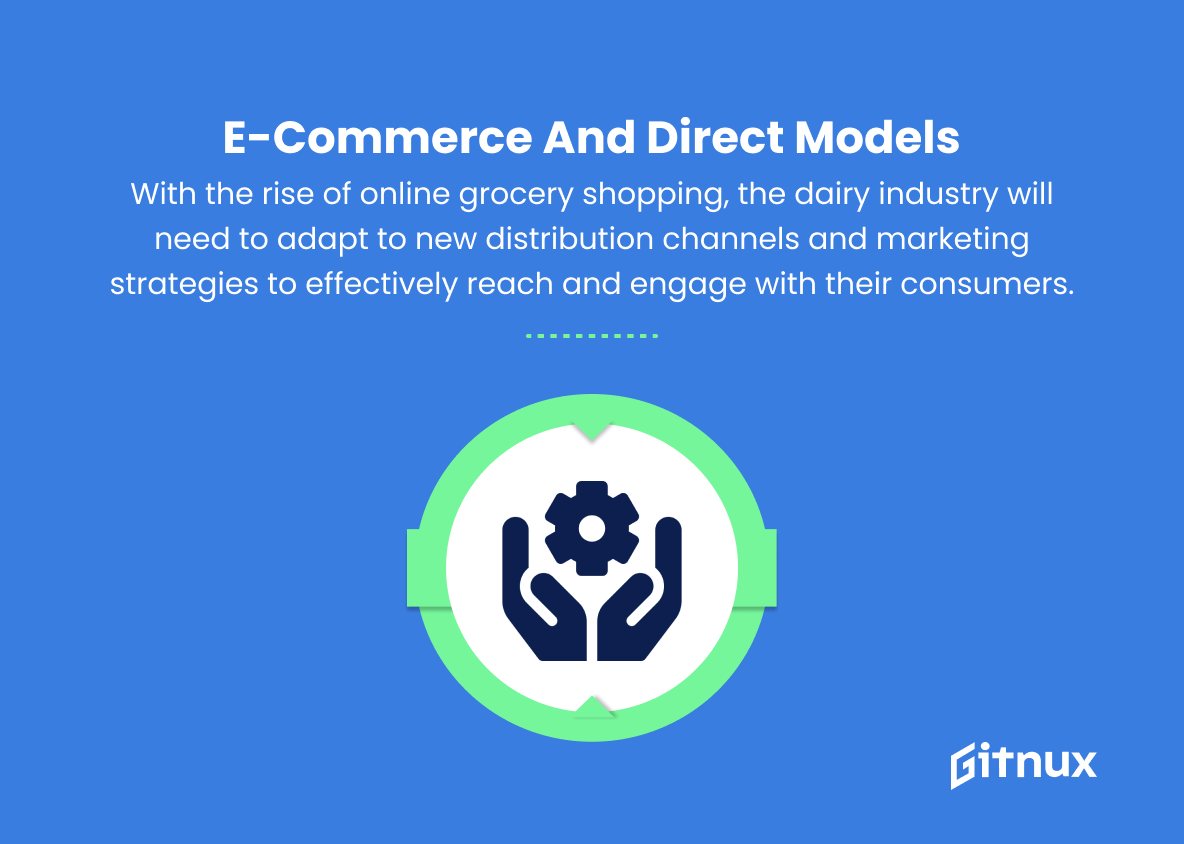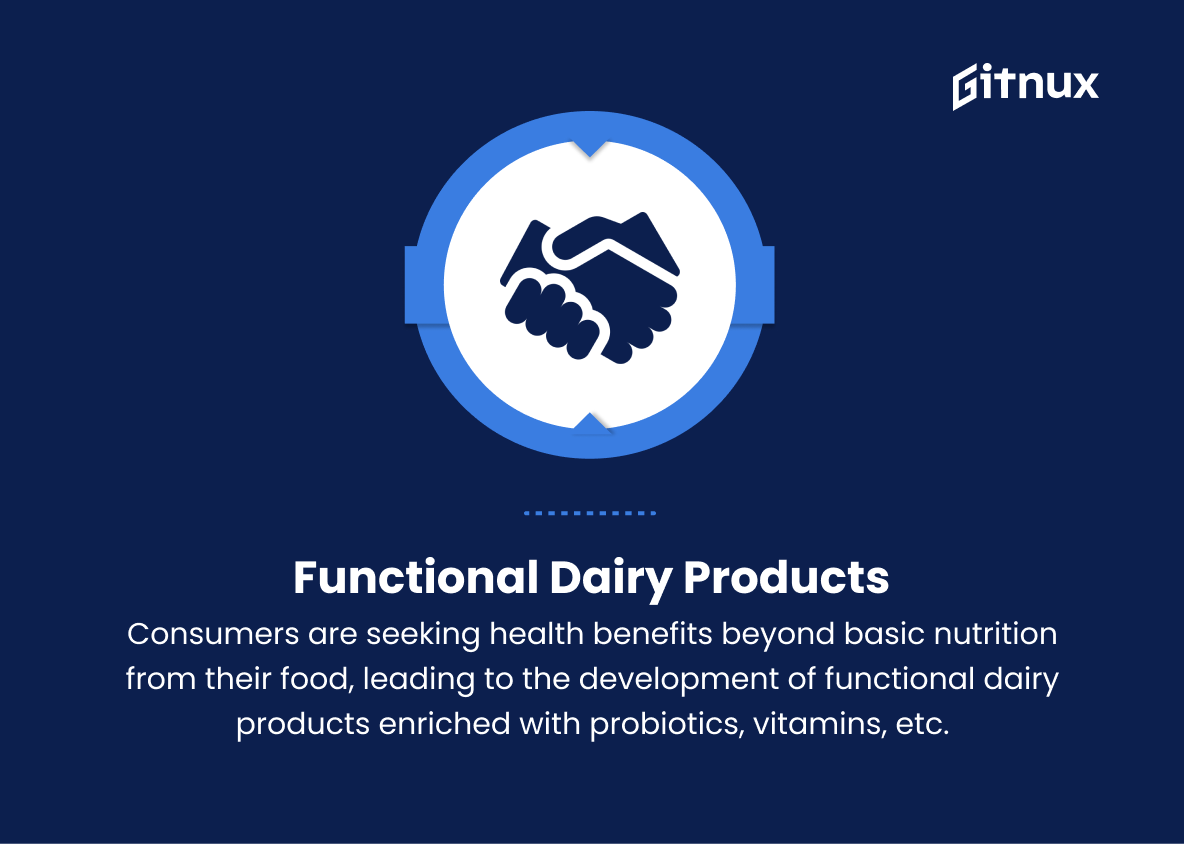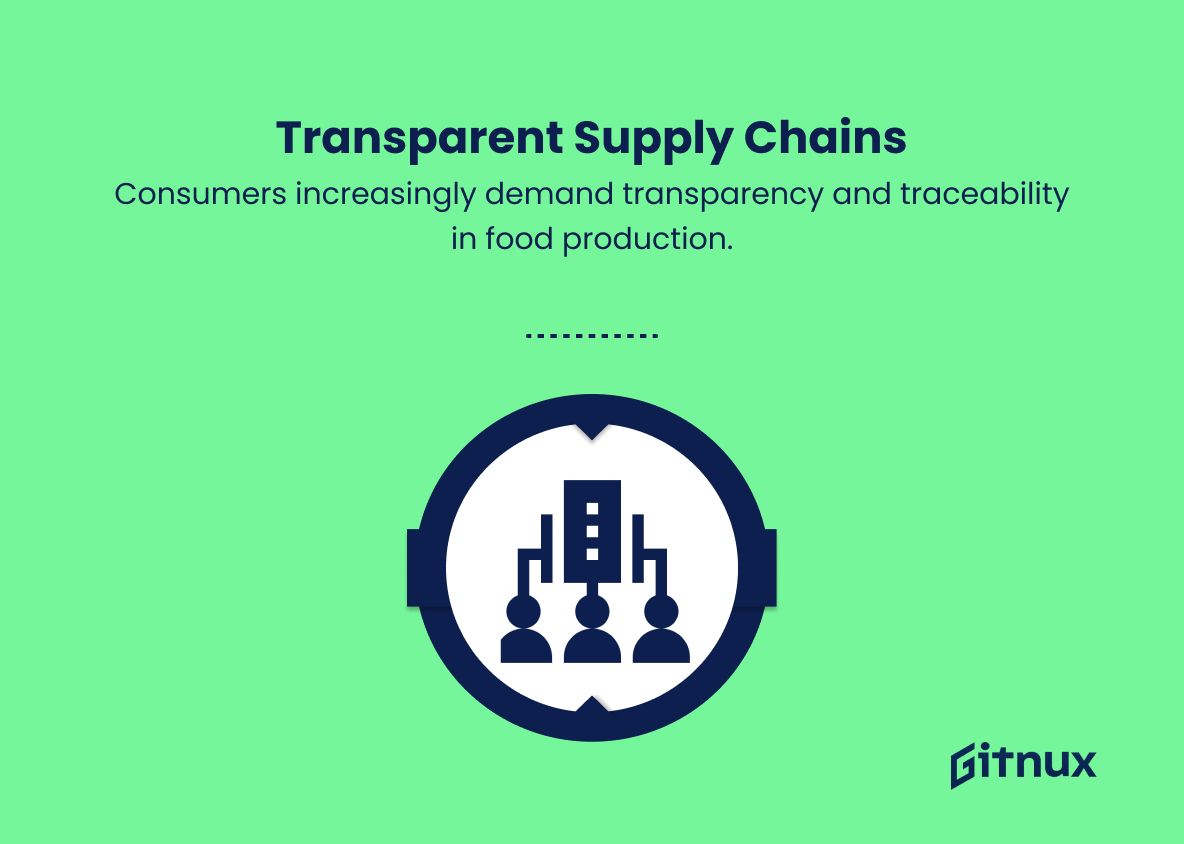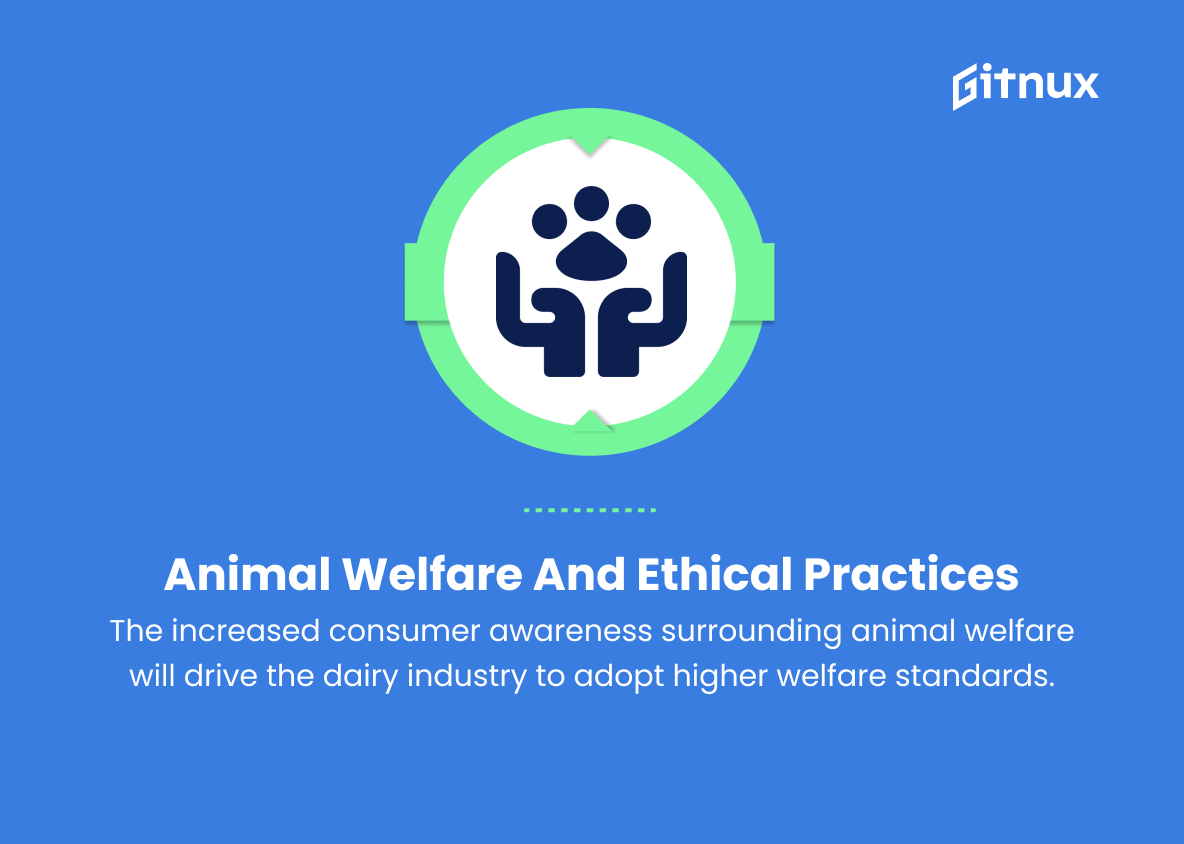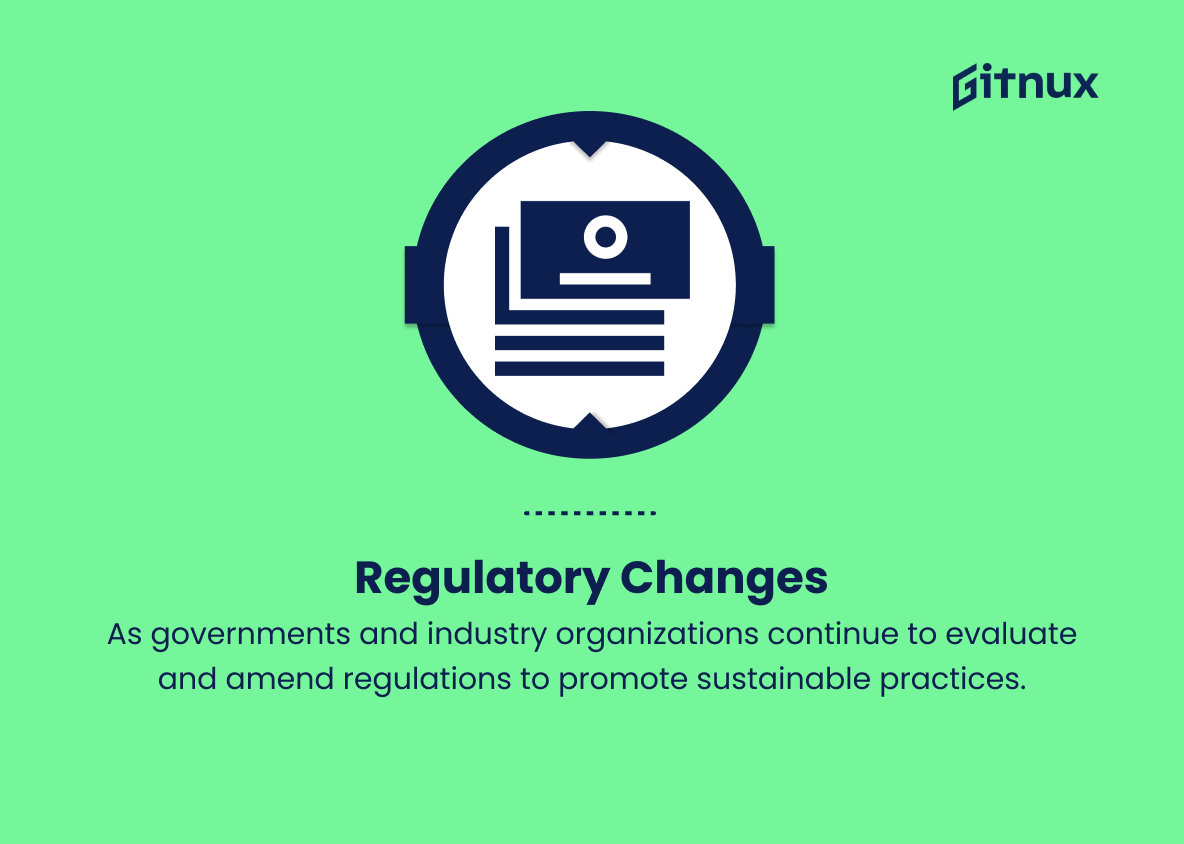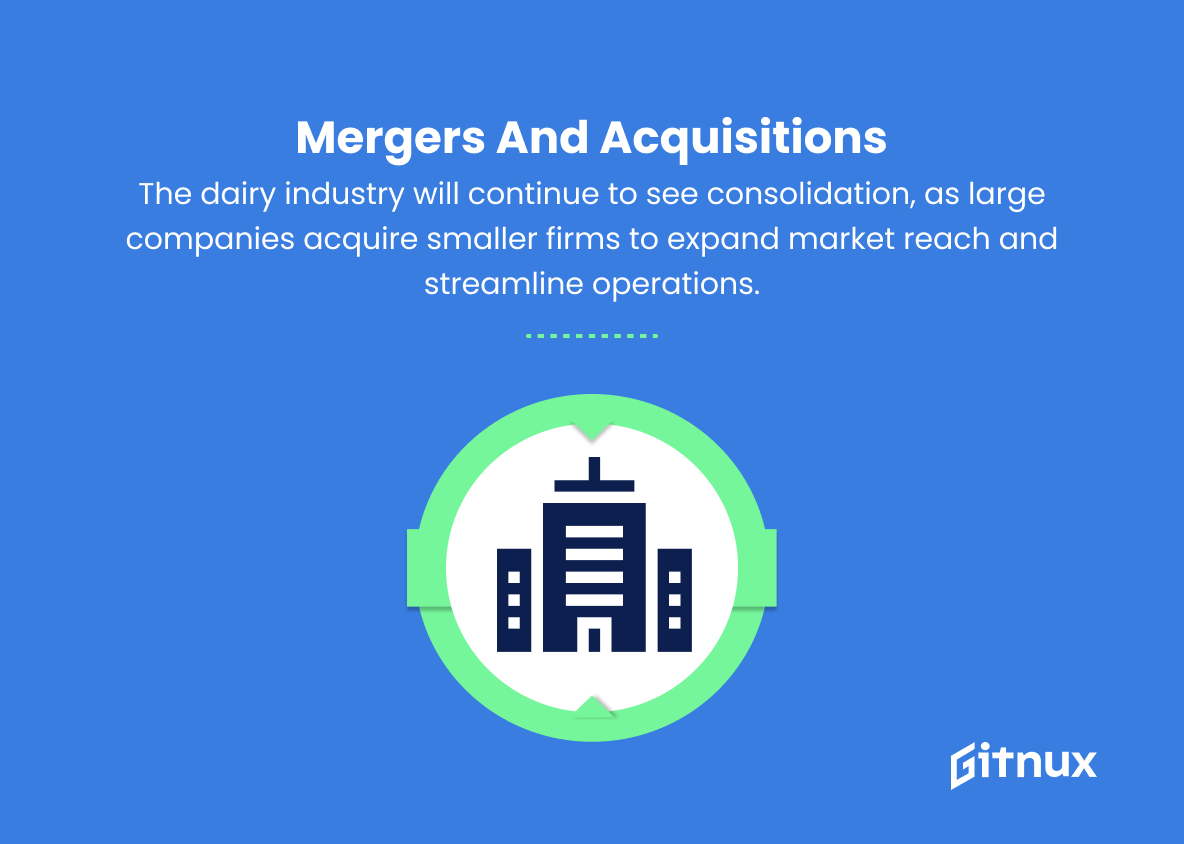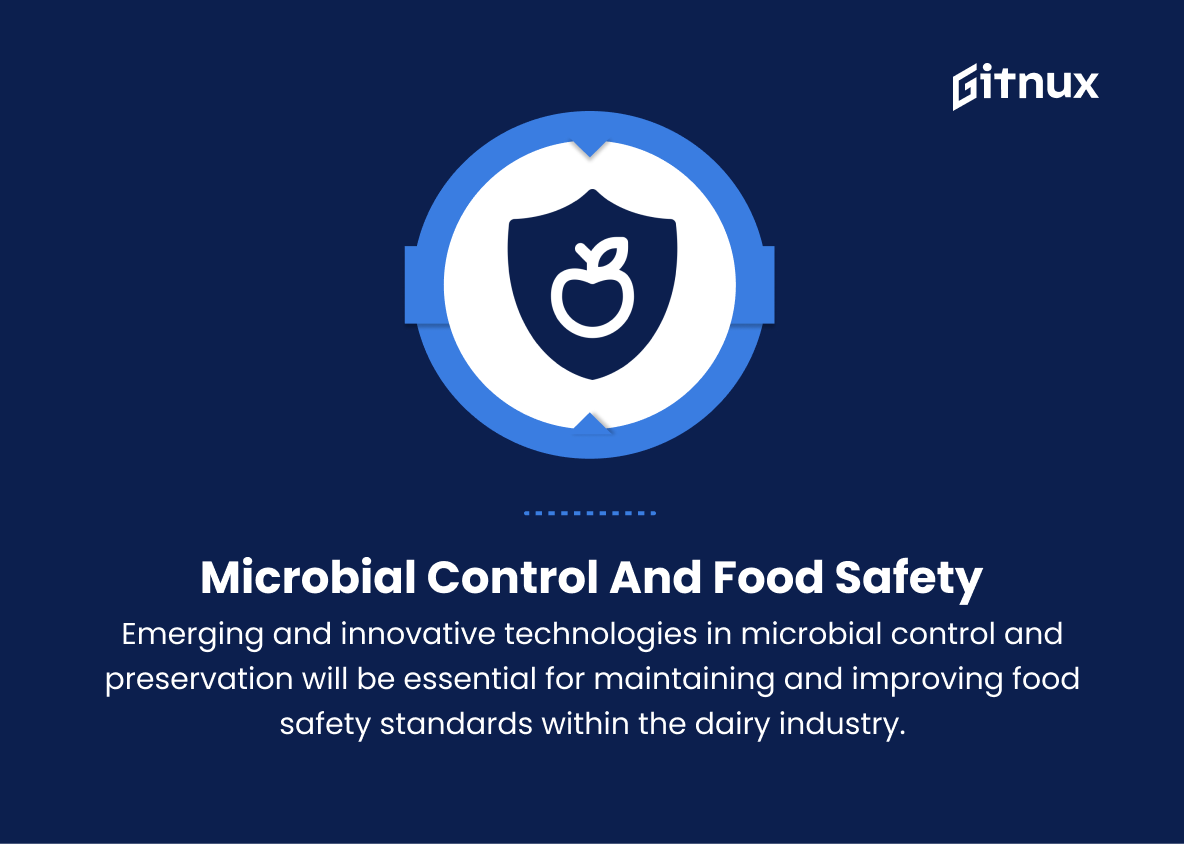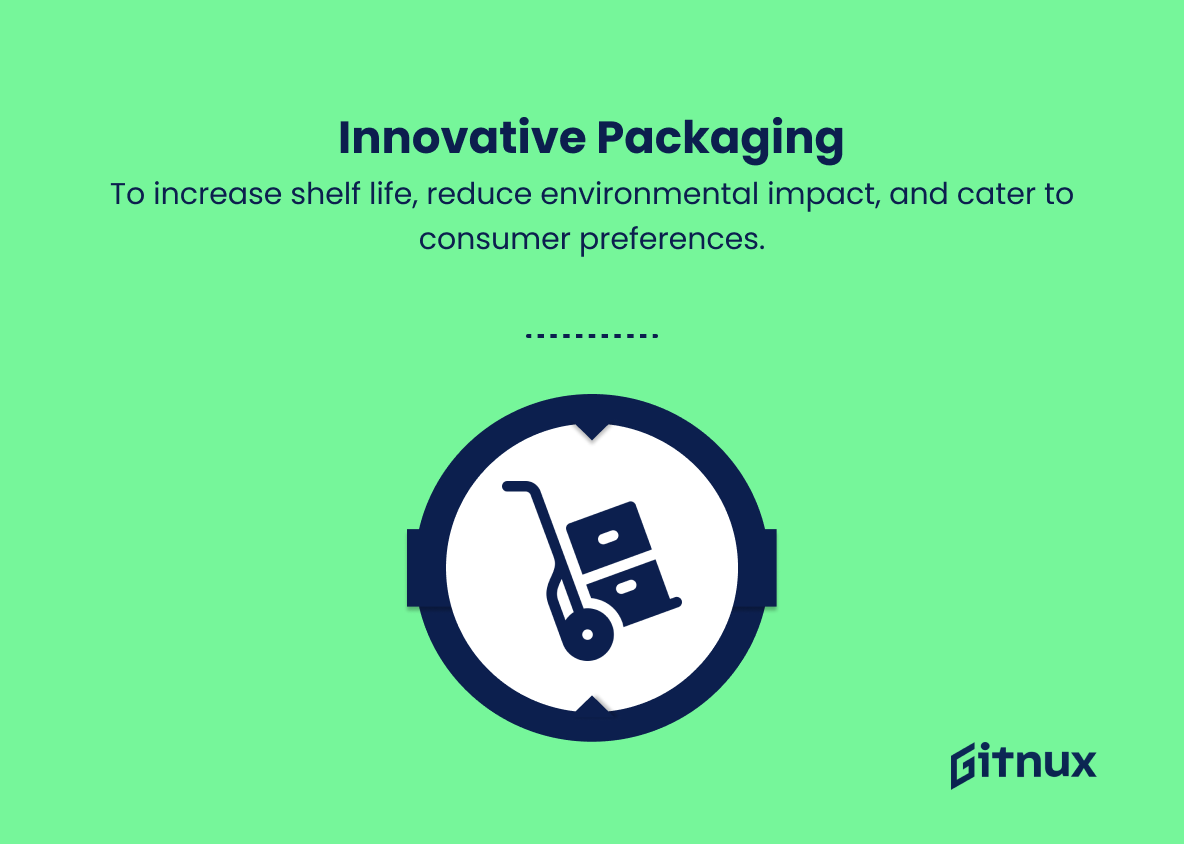In today’s rapidly evolving global landscape, the dairy industry is no exception to the influence of shifting consumer preferences, emerging technologies, and environmental concerns. As these factors continue to reshape the market, it is crucial for stakeholders in the dairy sector to stay informed on the latest trends and developments.
In this thought-provoking blog post, we delve into the most pressing issues and emerging trends in the dairy industry, examining their implications for producers, retailers, and consumers alike. Join us as we explore the dynamic forces shaping the future of dairy, and the innovative strategies being adopted to ensure its continued growth and success.
Top Dairy Industry Trends
1. Alternative dairy products
With the growing consumer demand for plant-based and dairy-free alternatives, companies will continue to develop and market new non-dairy products such as almond milk, coconut milk, oat milk, and soy milk.
2. Technological advancements
The advent of new technologies such as artificial intelligence, robotics, and sensors will help improve the quality and efficiency of dairy farming, from milk production to processing and distribution.
3. Precision agriculture
As technology becomes increasingly integrated into farming practices, precision agriculture will play a major role in optimizing resource utilization, increasing productivity, and reducing environmental impact in the dairy industry.
4. Sustainable practices
Environmental concerns and the desire for ethical food sources push the dairy industry towards adopting more sustainable practices, such as reducing water usage, minimizing greenhouse gas emissions, and improving waste management processes.
5. Personalization and customization
The dairy industry will witness an increase in products tailored to individual tastes, dietary requirements, and preferences, catering to consumers seeking unique and personalized food experiences.
6. E-commerce and direct-to-consumer models
With the rise of online grocery shopping, the dairy industry will need to adapt to new distribution channels and marketing strategies to effectively reach and engage with their consumers.
7. Functional dairy products
Consumers are seeking health benefits beyond basic nutrition from their food, leading to the development of functional dairy products enriched with probiotics, vitamins, minerals, and other health-promoting ingredients.
8. Transparent supply chains
Consumers increasingly demand transparency and traceability in food production. This will prompt the dairy industry to adopt technologies such as blockchain to create a verifiable and tamper-proof record of their products’ journey from farm to table.
9. Animal welfare and ethical practices
The increased consumer awareness surrounding animal welfare will drive the dairy industry to adopt higher welfare standards, seeking certifications and labels that demonstrate ethical treatment of animals.
10. Genomics and breeding technology
Advanced breeding technologies and genomics will enable the selection of animals with desirable traits, such as those that produce more milk, improving overall efficiency and productivity within the dairy industry.
11. Regulatory changes
As governments and industry organizations continue to evaluate and amend regulations to promote sustainable practices, dairy producers will need to adapt and comply with changing rules and guidelines.
12. Mergers and acquisitions
The dairy industry will continue to see consolidation, as large companies acquire smaller firms to expand market reach and streamline operations.
13. Microbial control and food safety
Emerging and innovative technologies in microbial control and preservation will be essential for maintaining and improving food safety standards within the dairy industry.
14. Innovative packaging
To increase shelf life, reduce environmental impact, and cater to consumer preferences, dairy manufacturers will invest in developing and implementing new packaging materials and designs.
Implications
As a futurist, I see several significant implications arising from the various trends currently impacting the dairy industry. The growing demand for alternative dairy products will challenge traditional dairy producers to innovate and diversify their offerings, while the integration of advanced technology, precision agriculture, and sustainable practices will mutually contribute to increased efficiency and reduced environmental impact across the industry.
In response to shifting consumer preferences, the industry will need to focus on personalization, functional dairy products, and transparent supply chains in order to maintain trust and meet the demands of an increasingly informed and health-conscious customer base. As e-commerce continues to gain traction and regulatory changes emerge, dairy companies will need to adapt their marketing and distribution models, as well as invest in animal welfare and ethical practices to comply with new standards. Furthermore, consolidations within the industry are likely to increase competitiveness, prompting businesses to harness genomics and innovative breeding technology to improve productivity.
Lastly, investment in microbial control, food safety, and innovative packaging will be necessary to ensure the health and safety of consumers, while also reducing associated environmental impact. These trends collectively indicate a future dairy industry that is more technologically advanced, environmentally responsible, and responsive to diverse consumer needs.
Conclusion
In conclusion, the dairy industry is in a state of constant evolution, marked by rapid technological advancements, changing consumer preferences, and increased focus on sustainability. With emerging trends such as plant-based alternatives, precision farming, and more emphasis on regenerative agriculture, the landscape for dairy products and production methods continues to shift.
To remain competitive and successful, it is crucial for stakeholders within the dairy industry to adapt, embrace new innovations, and meet the diverse demands of an increasingly discerning consumer base while maintaining a commitment to environmental stewardship. The future of the dairy industry relies on a balance between satisfying consumers, ensuring animal welfare, and reducing the environmental impact; while at the same time, supporting the long-term viability of dairy farmers and the industry as a whole.

